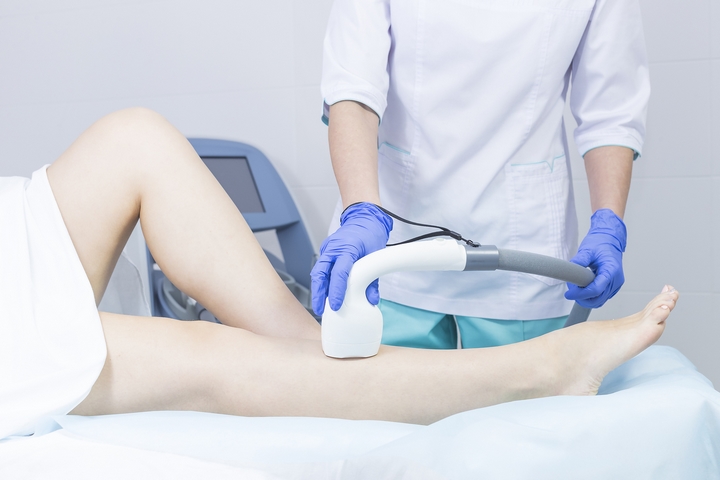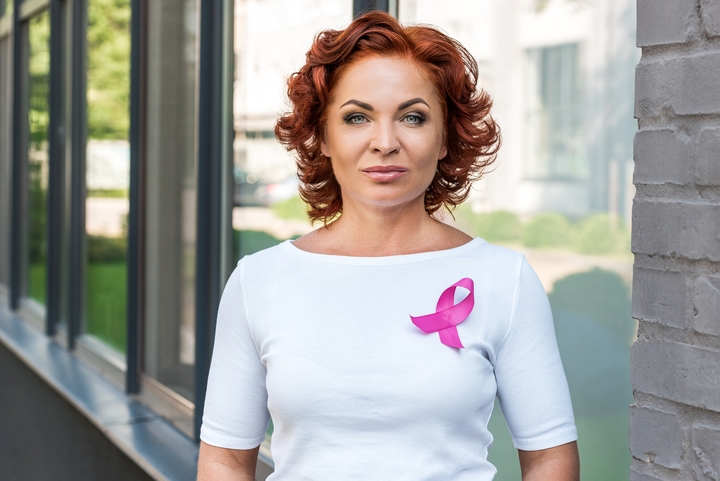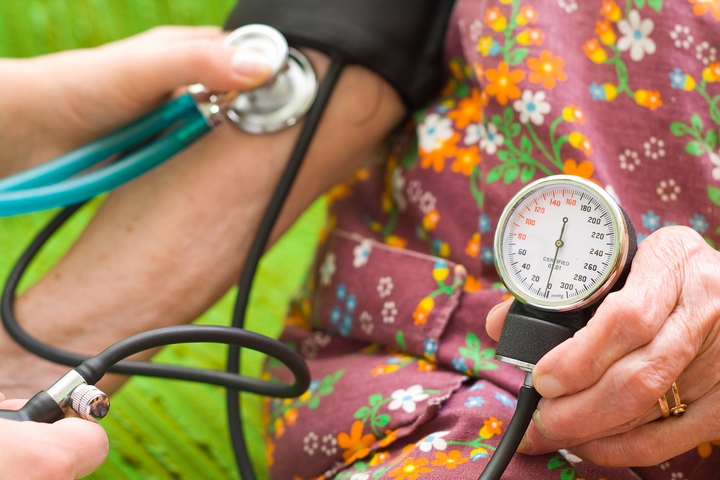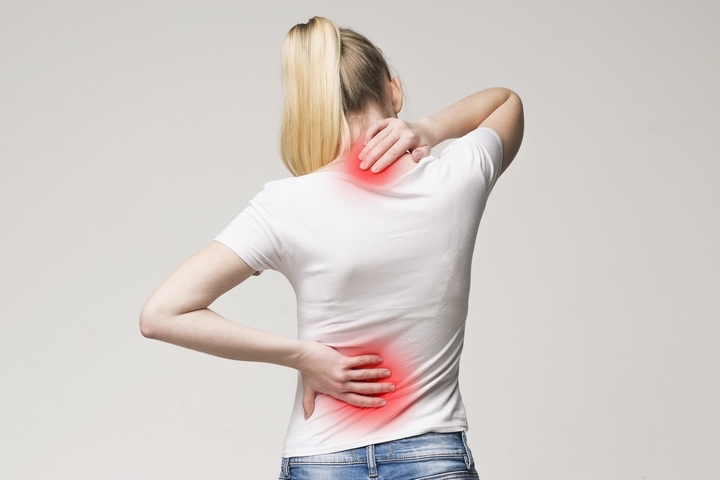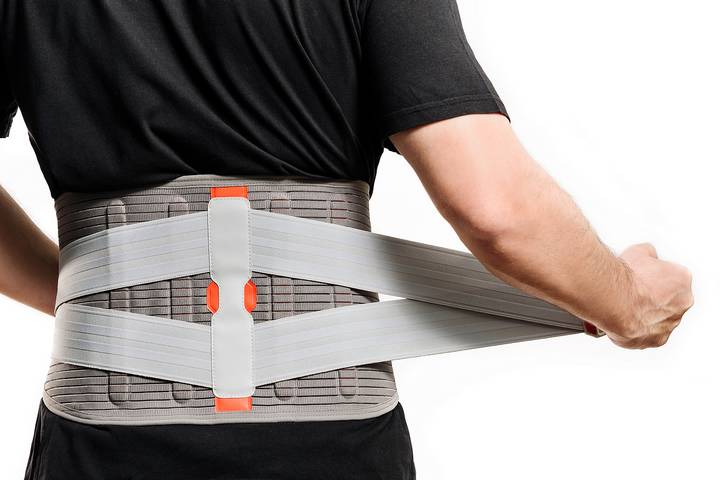High blood pressure, also known as ‘the silent killer,’ is medically referred to as hypertension. It is a common condition where blood forces against the inner artery lining over a long period until the pressure becomes high enough to cause health problems such as heart disease eventually. More often than not, it goes undetected until it’s too late, and that’s why it is needful to have blood pressure testing as part of your routine physical examination.
The symptoms of high blood pressure cut across both genders, and both are equally at risk of developing high blood pressure. Scientists have gone further to dismiss the notion that high blood pressure is a man’s problem by stating that women are at a higher risk of experiencing hypertension due to pregnancy as well as advancement in age (after menopause and above 55 years), among other predisposing factors.
Here are some of the most common high blood pressure symptoms in women:
1. Nausea

Nausea is one of the most common high blood pressure symptoms in women. This is a kind of uneasiness in one’s stomach, which causes one to vomit. On experiencing this symptom, you could try taking a moderate amount of clear fluids. However, if it persists for more than 24 hours, consult your doctor immediately, especially if you have had earlier incidences of blood pressure-related issues.
2. Vomiting

Most people have vomited at some point in their lives, and it’s not a pretty sight. Vomiting could be caused by other factors that do not point to underlying diseases such as hangovers, pregnancy and overeating. However, it is important you get checked if, besides vomiting, you experience any of the other symptoms of high blood pressure.
3. Headache

As simple as it may seem, a headache could reveal severe illnesses in the body, which could prove deadly. A headache is a sharp or dull painful sensation in any part of the head that may occur alongside other symptoms. Other than the primary headaches, which could be caused by overactive pain-sensitive structures in the head, it could also be as a result of insufficient sleep, stress or illness.
Do an analysis of your day, week, month or year to gauge whether a headache is typical or otherwise.
4. Dizziness

Dizziness tends to make one feel as if they are floating, fainting, or unsteady. It creates a false sense that your surroundings are in motion, a state referred to as vertigo. Free tip; never attempt to stand up or walk while in such a state. If you experience any recurrent, severe and unexplained dizziness accompanied by other symptoms such as headaches, difficulty breathing, and vomiting, pay your doctor a visit.
5. Blurred/ Double Vision

Blurred vision is another one of more typical high blood pressure symptoms in women. This condition is primarily caused by presbyopia or refractive errors, including far-sightedness, near-sightedness, and astigmatism. It results in reduced sharpness in vision and can be a symptom of more severe problems such as hypertension or neurological disorders. In case you experience sudden blurry vision, see a qualified ophthalmologist for a comprehensive eye checkup to determine the exact cause of the blurred vision.
6. Breathlessness

One of the most common reasons people call 999 for ambulance services is because one of their friends or loved ones have shortness of breath. While this is very normal, especially after overexerting yourself during a strenuous exercise, it is a warning sign if it is sudden and unexpected. It is helpful to have your doctor’s number on speed dial in case you have no one to help you when it happens.
7. Nosebleeds
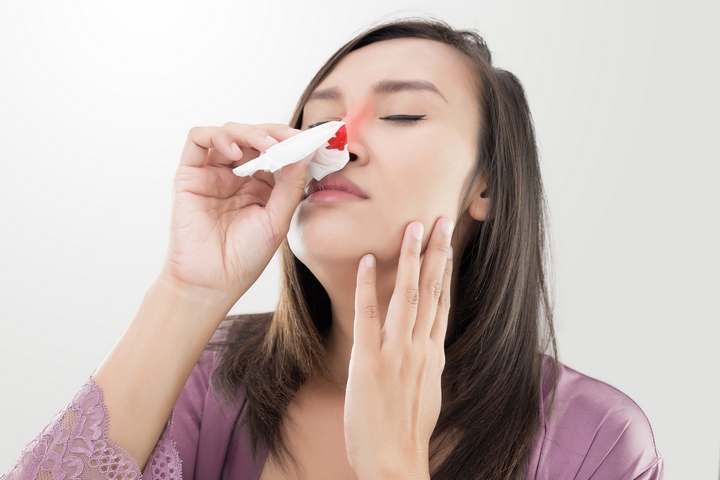
Nosebleed refers to an active loss of blood from the tissues forming the inner lining in your nose. It often occurs in one nostril and may be attributed to dryness of the nose and picking. Although it is a scary sight, you can actually treat yourself. First, sit down while slightly leaning forward and keeping your head above your heart to slow down the bleeding. To avoid blood trickling down to the back of your throat and swallowing it, lean forward to drain it out of your nose.
By using your index finger and thumb, press your nose’s soft portion, which is the area between the bony bridge and the end of your nose. Maintain that position until the bleeding ceases. Once it stops, avoid anything that may trigger the bleeding such as bending over or blowing your nose. Book an appointment with your doctor to check for possible causes of the nose bleed.
8. Heart Palpitations
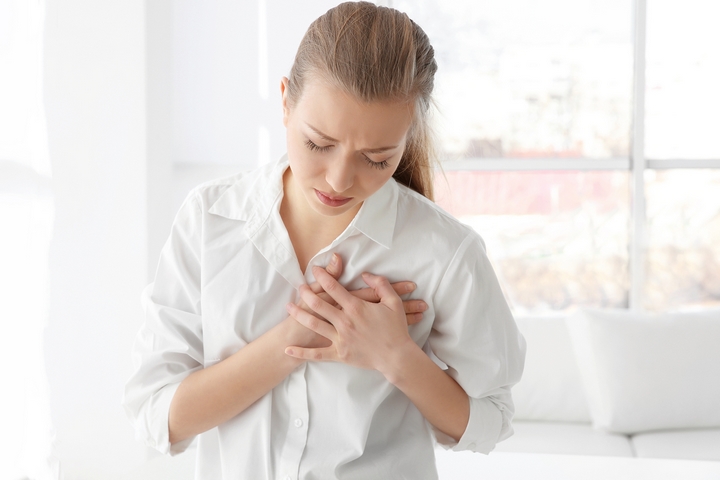
When this happens, you experience a sensation around your neck, throat or chest that makes you feel like your heart is fluttering, pounding and racing really fast. It is a frightening experience, which is usually harmless in most cases. Common triggers include stress, exercise, and medication and heart conditions such as arrhythmia, which call for immediate treatment. Regular palpitations are infrequent and only last a few seconds. However, if you begin experiencing more frequent and intense palpitations accompanied by other symptoms of high blood pressure, talk to your doctor immediately.
High blood pressure could be a pointer to serious health conditions. If you notice any of the above symptoms, seek treatment before your condition becomes critical.

